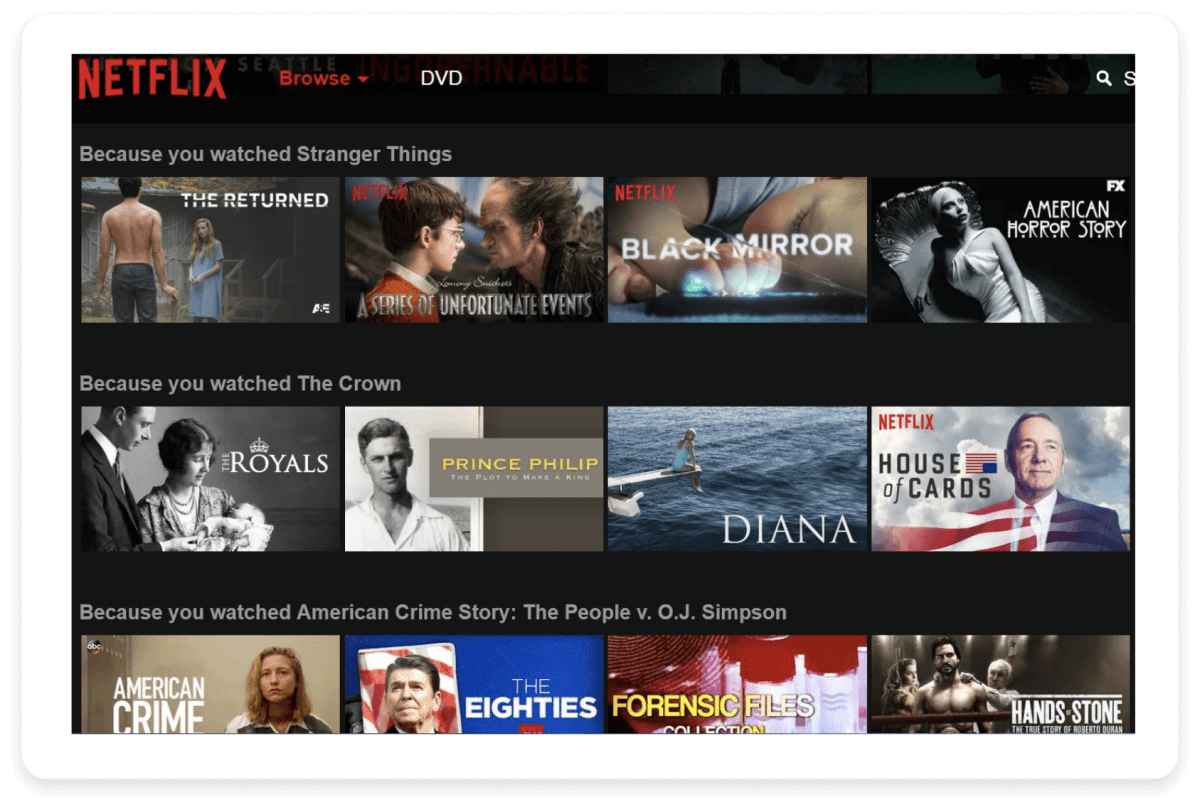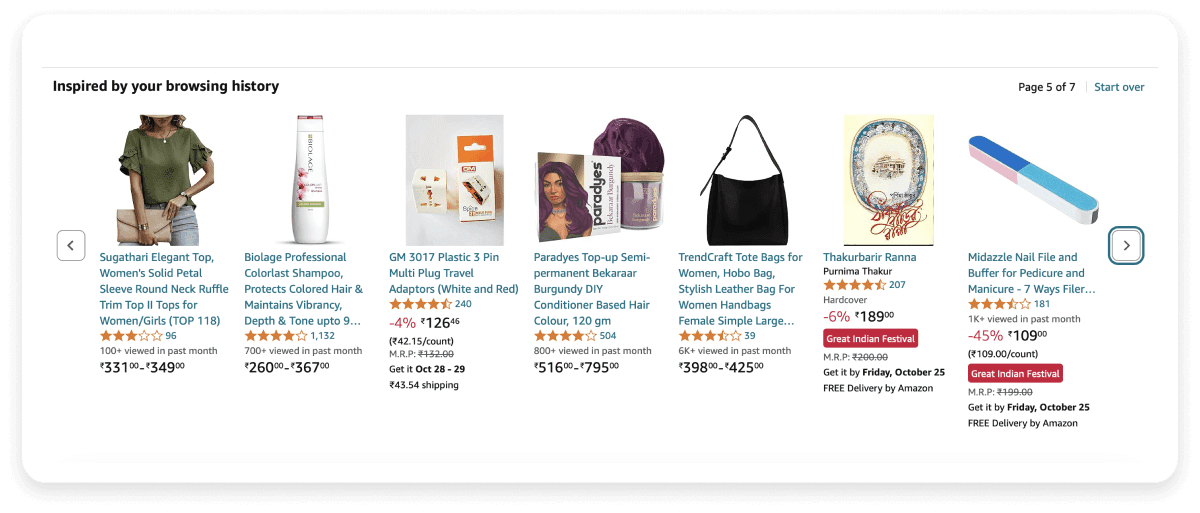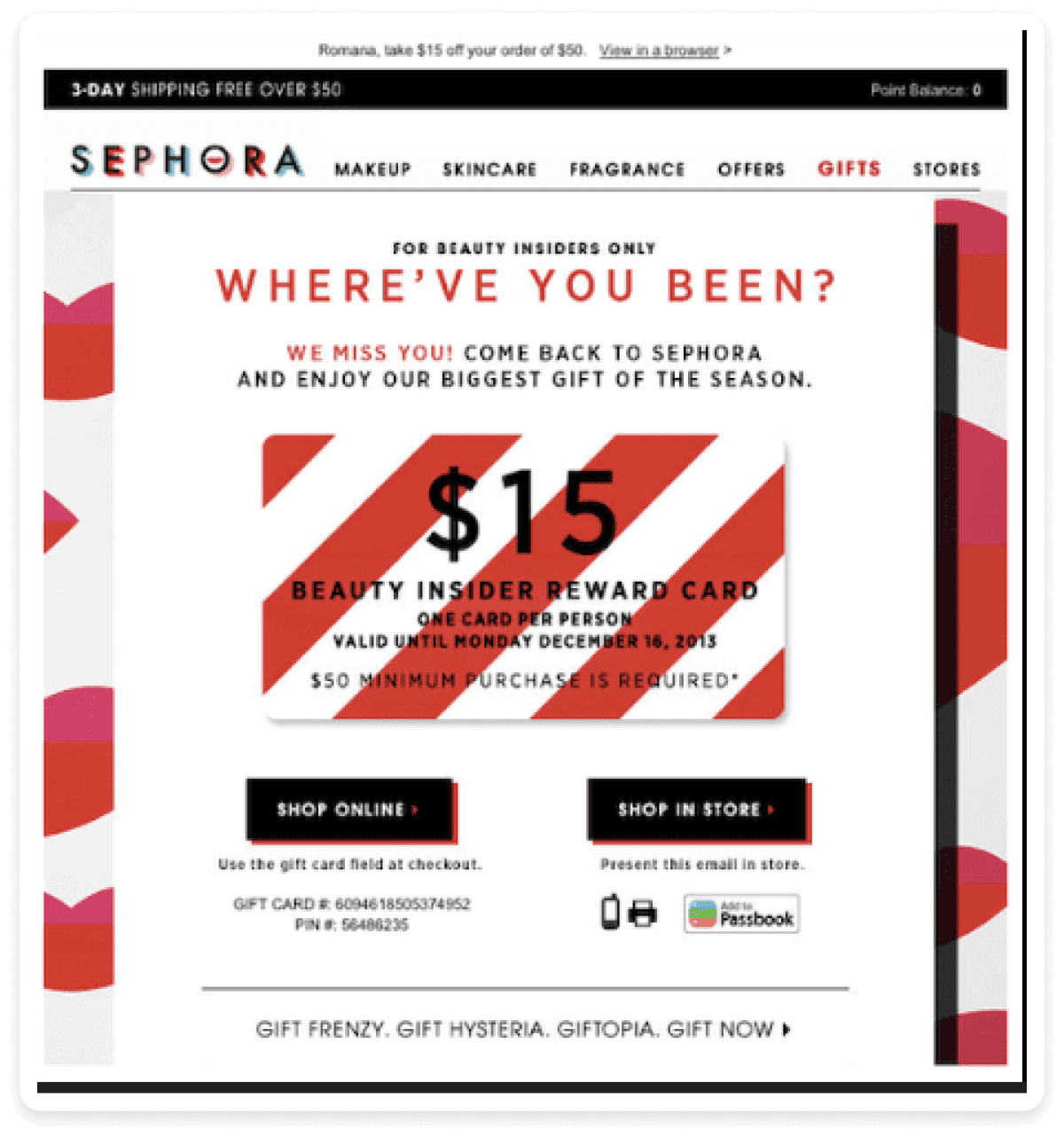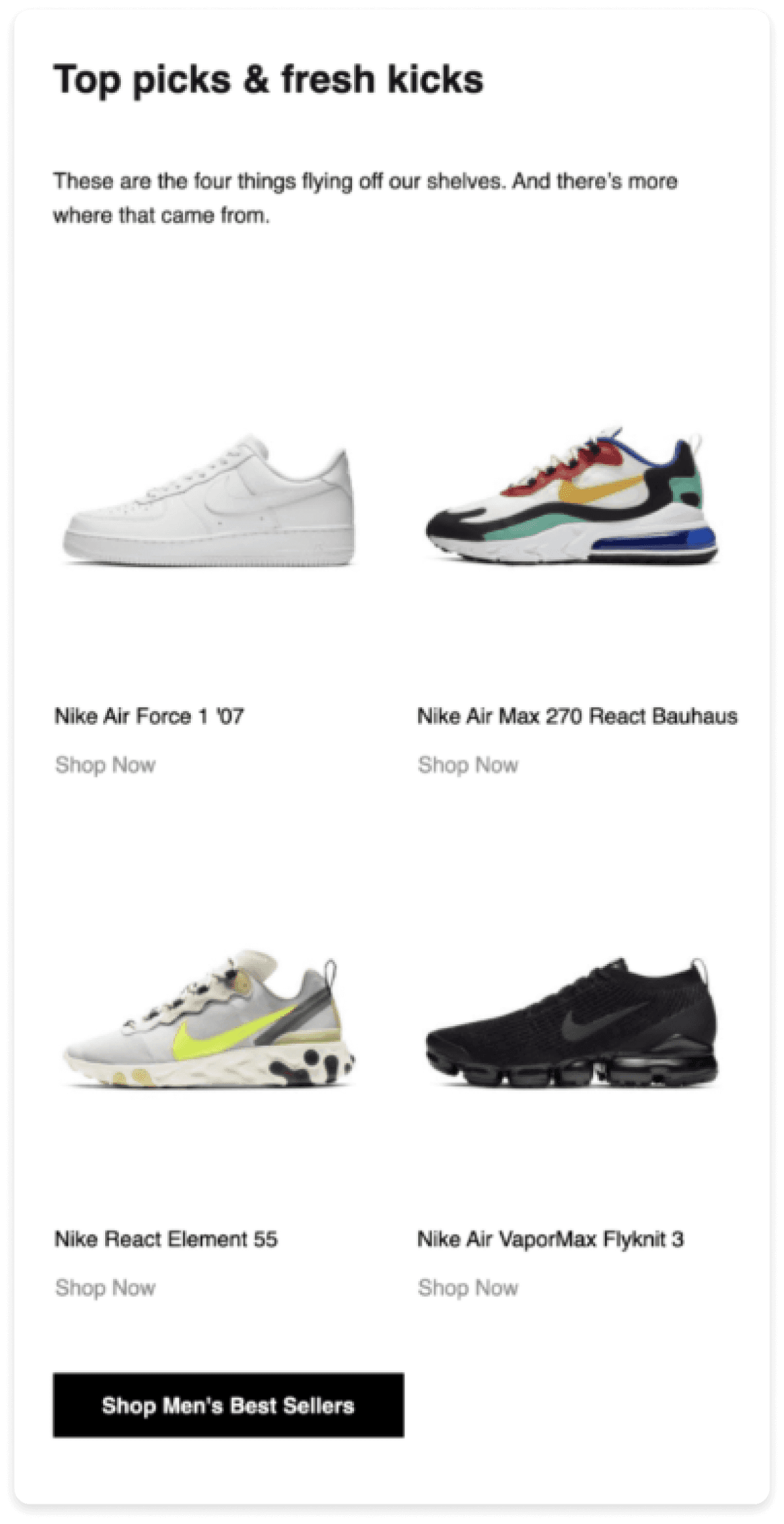What is behavioral marketing?
Behavioral marketing is a strategy that involves collecting and analyzing data on consumer behavior to tailor marketing efforts to individual preferences and habits.
Behavioral marketing takes into consideration various behaviors such as browsing specific website pages, engaging with social media content or posts and purchasing a specific type of products. Such behaviors reveal consumer interests, preferences and buying intent, enabling businesses to tailor their marketing techniques for more meaningful interactions.
The importance of behavioral marketing
Behavioral marketing is essential in today’s competitive landscape, allowing businesses to better understand consumer shopping habits and create personalized experiences. Here are some key benefits of this approach.

1. Improved customer experience
Behavioral marketing significantly enhances the customer experience by delivering personalized content and recommendations that align with individual preferences. Shopping apps often display messages like "Customers who bought this item also bought..." based on users' past purchases and search history. These personalized recommendations boost customer satisfaction and make the overall shopping experience easier.
2. Increased conversion rates
Tailoring marketing messages to address the specific needs and interests of consumers can dramatically boost conversion rates. When advertisements and offers are relevant to a customer's current interests and behavior, the likelihood of making a purchase increases significantly.
3. Enhanced customer targeting
By leveraging customer behavioral data, businesses can more effectively segment their audience and target specific groups based on their actions and preferences. For instance, some individuals may prefer creams over lotions or focus more on skincare rather than on makeup. Categorizing customers into such segments allows them to send personalized marketing messages, ensuring campaigns resonate with the target audience.
4. Better resource allocation
Behavioral marketing, according to insights from Mckinsey, enables businesses to optimize their spending by focusing on high-value customer segments and strategies. For instance, an online travel agency can analyze user data to identify more frequent travelers. This enables the agency to create exclusive deals and targeted promotions for these customers instead of trying to sell to their entire user base, maximizing impact and improving marketing efficiency.
How to do behavioral marketing
The process of behavioral marketing is a multi-step process. Here are the key steps involved in this process.

Step 1: Collection and analysis of data
The first step in behavioral targeting is collecting and analyzing data about consumer behavior. This data is gathered from various sources, such as website analytics, search engines, and social media insights. By analyzing this collected data, companies can identify patterns and preferences that inform more effective marketing strategies.
Step 2: Segmentation
After collecting and analyzing this collected data, businesses can segment their audience based on behaviors and demographics. Behavioral segmentation involves creating groups based on various behaviors, such as frequent buyers, first-time visitors, or seasonal shoppers. This approach ensures that marketing campaigns are tailored to each segment's unique characteristics and needs.
Step 3: Application of data
The final step is applying the analyzed data to create personalized marketing strategies. Companies can use this data to deliver targeted advertisements, send personalized emails, and recommend products based on browsing history. A streaming service, for instance, may suggest new shows or movies based on previously watched genres.
Types of behavioral marketing
Behavioral marketing uses user data to create personalized experiences and boost engagement. Here are some key types:
1. Retargeting
Retargeting campaigns aim to re-engage users who have previously interacted with a brand on social channels but did not convert. By tracking user behavior, such as pages viewed or items added to the cart, businesses can display relevant ads to remind users of products they showed interest in, encouraging them to return and complete a purchase.
2. Email marketing
Behavioral triggers significantly enhance the relevance and effectiveness of email campaigns. For instance, sending abandoned cart emails can remind users of items they left behind, while post-purchase follow-ups can recommend related products and help in cross-selling and upselling. These targeted communications not only boost customer engagement but also increase the likelihood of conversions.
3. Dynamic website content
Dynamic website content uses the behavior and preferences of a visitor, including new site visitors, to customize the experience he receives on a site. By using visitor-data analysis, companies can customize what users see on their websites, such as personalized product recommendations or specific messages targeted at an individual's interests. This increases the engagement of users as the entire shopping experience becomes much more relevant.
4. Product recommendations
Leveraging behavioral data to provide product recommendations through a relevant algorithm is a powerful strategy. Businesses can suggest items based on purchase history and browsing history that match user interest. This personalized approach not only improves the shopping experience but also increases the chances of additional sales by showcasing relevant products that users may want to explore.
Behavioral marketing examples
Here are some notable case studies showcasing the impact of targeted marketing strategies.
1. Netflix
Netflix collects and analyzes viewing behavior data, including viewing history, interaction metrics, and search queries. This allows them to identify user preferences and segment viewers based on their interests, such as genre and media type (series, movies or documentaries). Using this data, Netflix provides tailored recommendations, notifies users of new releases, and creates content to align with viewer tastes. This data-driven approach enhances user engagement and reduces churn by consistently delivering relevant content.

2. Amazon
Amazon leverages extensive shopping behavior data, including browsing history, purchase patterns, and search queries, to provide personalized product recommendations and targeted ads that enhance the user experience. By analyzing this data, Amazon segments users based on their interests and purchasing trends, allowing for tailored suggestions and relevant promotions. They even display personalized homepages to their users. This data-driven approach enhances the shopping experience and effectively drives sales by making the journey more engaging and relevant for each customer.

3. Sephora
Sephora tracks customer interactions via their mobile app, website, and loyalty program. By analyzing data such as past purchases, product searches, and wish list items, Sephora sends targeted emails and personalized product recommendations, along with special promotions through the app. For instance, if a customer browses skincare products without purchasing, Sephora may send a reminder email with a discount on those items. This tailored approach boosts customer engagement and significantly increases conversion rates.

4. Nike
Nike utilizes various customer activity data to enhance marketing and product recommendations. They collect insights from their fitness apps, purchase history, and online behavior to segment users based on activity levels, product preferences, and fitness goals. This analysis enables Nike to provide targeted product suggestions, such as running shoes for frequent runners and personalized promotions through emails or notifications.

You don’t have a single tool that will allow you to do all the processes involved in behavioral marketing. This is why brands use a set of tools to do behavioral marketing. Here are some of them, along with what you can use each of them for.
Google Analytics
Google Analytics allows businesses to track visitor patterns, including page views, time spent on specific pages, bounce rates, conversion rates and the number of purchases. By analyzing such demographics, traffic sources, and user flow, marketers can understand how users interact with their site, identify high-performing content, and pinpoint areas for improvement. This data helps in creating targeted campaigns that align with user preferences and behaviors.
HubSpot
HubSpot allows businesses to segment their audience based on various criteria, such as past interactions, purchase history, and engagement levels. HubSpot's features enable marketers to deliver personalized content through emails, landing pages, and workflows. Additionally, it provides analytics to monitor campaign performance and user engagement, helping businesses refine their marketing strategies over time.
Mixpanel
Mixpanel enables businesses to monitor specific actions users take on the website or app, such as clicks, video views, or purchases, and analyze how these interactions contribute to overall user engagement and retention.
Mailmodo
Email marketing software like Mailmodo allows marketers to set up email automation and automatically trigger emails based on user behaviors, such as website activity or past purchases. It also allows you to create personalized interactive email campaigns that resonate with individual customers, boosting engagement rates.
Create and send interactive emails without coding in minutes
Conclusion
In an era where consumer expectations are constantly evolving, adopting behavioral marketing is crucial for brands aiming to maintain a competitive edge. Behavioral marketing offers a multitude of benefits, significantly enhancing customer experiences and driving conversion rates. It allows companies to understand customer preferences, resulting in personalized content that meets their needs.
As you consider the potential of behavioral marketing, the tools and steps to start outlined in this article can serve as a valuable guide. Implementing these insights will empower your business to engage more effectively with your audience and drive meaningful results.

















